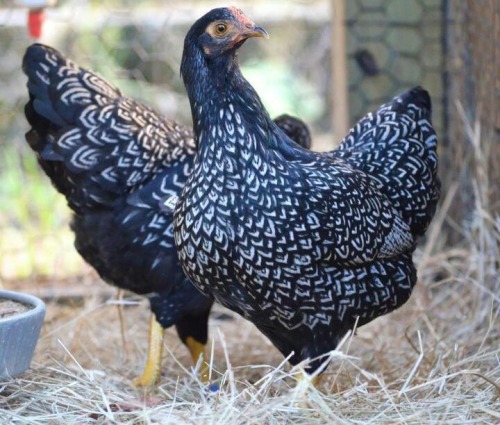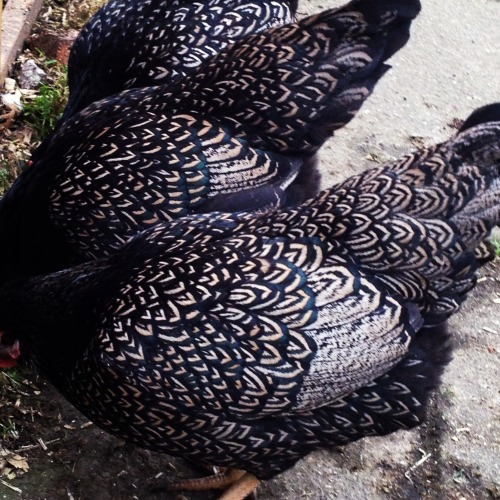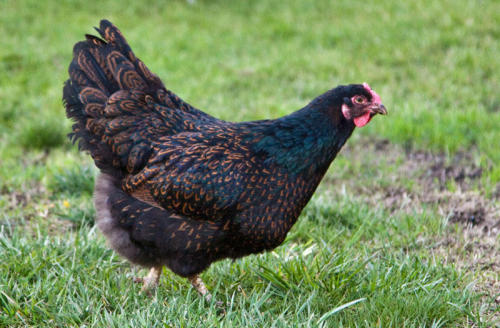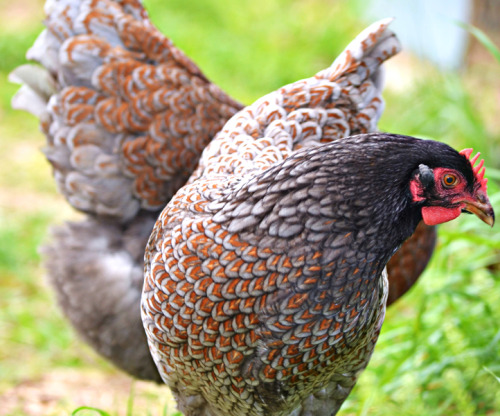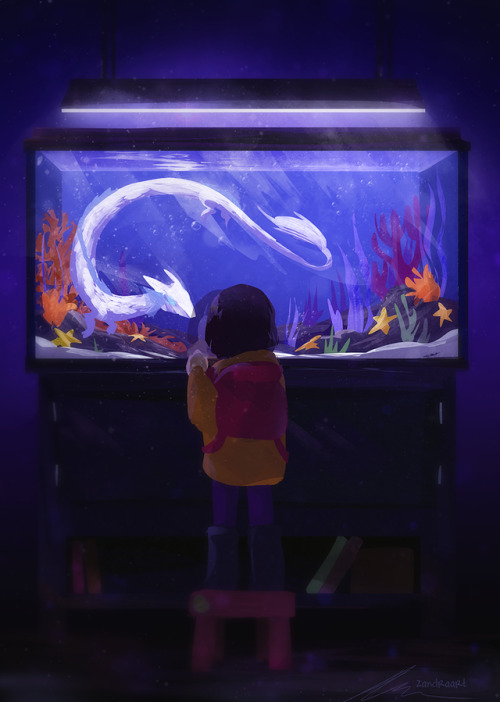Creatures - Blog Posts
stupid sifloop comic i ended up not cleaning up Its kind of long so half of it is under the cut. also one million notes in the tags














okau thats it Runs away really fast
Serows have a tendency to look like ungodly goat-wolf hybrids and i just



i really appreciate that
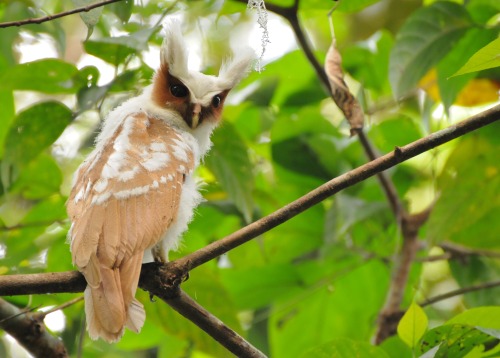
Juvenile Crested owl (Lophostrix cristata) - Christian Nunes
Classified as Least Concern by the IUCN, the crested owl inhabits lowland rainforests across a large range in Central and South America, and is common in undisturbed forests.
Let’s talk about Nightjars
they are these wonderful tiny predatory birds

With great camouflage for multiple environments


And lovely plumage dependent on their species




BUT BEST OF ALL IS THEIR MOUTHS, which look small then their beaks are closed (they’ve even got cute lil’ whiskers!)

BUT ARE ACTUALLY HUUUUGE
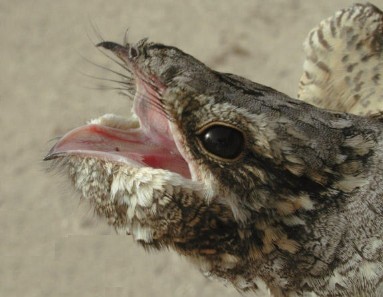


BEST BIRD
lahore pigeons are some of the most visually appealing birds out there. like in terms of visual design. very minimalist, good contrast.





Read more about trilobite beetles and larva here!
Photos by melvynyeo
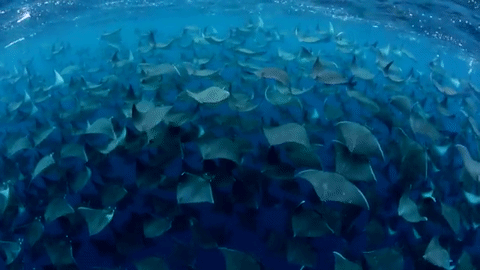

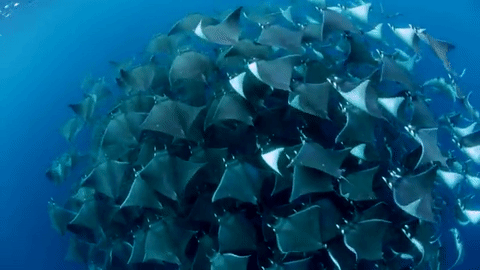


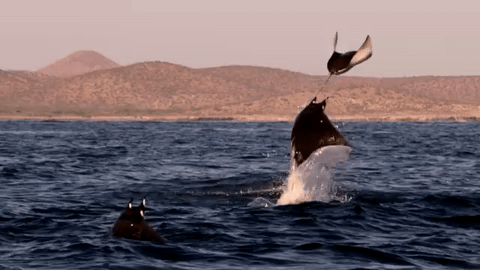
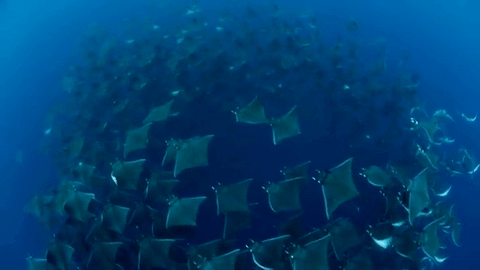

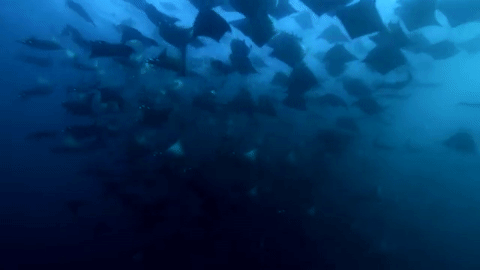
closely related to sharks but with long, flat bodies and wing-like pectoral fins, mobula rays are ideally suited to swooping through the water - here off the gulf of california - yet seem equally at home in the air, so much so that they have earned the name “flying rays”. mobula rays can reach heights of more than two metres, remaining airborne for several seconds.
mobula rays are quite elusive and difficult to study, so biologists are not quite sure why they jump out of the water. theories vary from a means of communication, to a mating ritual (though both males and females jump), or as a way to shed themselves of parasites. they could also be jumping as a way of better corralling their pray, as seen with them swimming in a circular formation.
what is known about mobula rays is that they reach sexual maturity late and their investment in their offspring is more akin to mammals than other fishes, usually producing just a single pup after long pregnancies, all of which makes them extremely vulnerable to commercial fishing, especially as a species that likes to come together in large groups.










TOP TEN WEIRDEST-LOOKING BIRDS
1. Tufted coquette
2. Superb Bird of Paradise (wat)
3. Gunnison sage-grouse
4. King of Saxony Bird of Paradise
5. Wilson’s Bird of Paradise
6. Shoebill
7. Magnificent Bird of Paradise
8. Long-wattled umbrellabird
9. Royal flycatcher
10. Standard-winged nightjar
Social Insects in Science Fiction
Hello, my name is Poetry, and I love social insects. Whether they’re ants, bees, termites, wasps, aphids, thrips, or ambrosia beetles, I find them fascinating to learn about. But if the sci-fi books I read as a kid had had their way, I should have run screaming from every ant colony I saw.
From the buggers in Ender’s Game to the Borg in Star Trek to the Vord in Codex Alera to ants and termites themselves from a morph’s-eye view in Animorphs, social insects, and the aliens or artificial intelligences that closely resemble them, are portrayed as “hive minds” with an emotional tone of existential terror. And I’m here to tell you that these portrayals are totally unfair.
What they get right
Here are some features that most portrayals of social insects and their analogues in sci-fi get right. Yes, social insect colonies have queens that are primarily responsible for reproduction. Yes, social insects have very different sensory modalities from ours. We primarily use sight and sound to communicate and navigate the world, while social insects use taste and smell and vibration. Yes, social insects have specialized division of labor to particular tasks, and yes, they are willing to sacrifice themselves in droves to protect the colony. And sometimes, they will enslave social insects from other colonies or even species to serve their own ends (x).
Thus ends what sci-fi portrayals get right.
What they get wrong: Queens
Almost universally in sci-fi, when you kill the queen, the hive disintegrates into chaos. You’ve cut off the head! The central intelligence of the hive is gone! They’re just mindless borg-units with no idea what to do!
Indeed, in some social insects, such as leafcutter ants, if you kill the queen, the whole colony will die – but probably not for the reasons you think. However, it’s more common for social insects to be able to carry on just fine regardless. In most ants and bees, there are “backup” queens that are reared up by the workers in case the current queen should die. And in many social insects, a worker can step up and become a queen in her place. (Hilariously, a worker ant that steps up to reproduce in place of a queen ant is called a gamergate.)
But here is the most important problem with the sci-fi trope of killing the queen to kill the hive. The queen is not the brain of the hive. She is the ovary.
If you think of a social insect colony as a superorganism, which it’s useful to do in many cases, different groups of insects within the colony act like organs. One caste protects the colony from invaders, which is like an immune system. One caste scouts for new places to forage, which is like a sensory system. Generally, science fiction has a good grip on this idea. Where sci-fi authors fail is that they think the queen is the brain of this superorganism. She is not. She is the reproductive system. The queen does not control what happens in the hive any more than your reproductive system controls what happens in your body. (Which is to say, she has some influence, but she is not the brains of the operation.)
The reason why leafcutter ant colonies die when the queen dies is because the colony has been castrated, not beheaded. Most animals die when they are no longer able to reproduce, even if their brains are still perfectly functional. For castrated colonies with no backup queen or gamergate and no hope of getting one, there is no point in carrying on. Their evolutionary line has ended.
What they get wrong: Swarm intelligence
Here is how social insect hive minds work in science fiction: the queen does the thinking, and the rest of the hive goes along with whatever she thinks.
Now, I’ve already told you that the queen is not the brain of the hive. So where is the brain? Well, that is exactly the point of swarm intelligence. The brain does not reside in one particular animal. It’s an emergent property of many animals working together. A colony is not like your body, where your brain sends an impulse to your mouth telling it to move, and it moves. It’s more like when two big groups of people are walking toward each other, and they spontaneously organize themselves into lanes so no one has a collision (x). There’s no leader telling them to do that, but they do it anyway.
Much of the efficiency of social insect colonies comes from very simple behavioral rules (x). Hymenopterans, the group of insects that includes ants, bees, and wasps, have a behavioral rule: work on a task until it is completed, and when it is done, switch to a different task. If you force solitary bees (yes, most bee species are solitary) to live together, they will automatically arrange themselves into castes, because when one bee sees another bee doing a task like building the nest, its behavioral rule tells it that the task is completed and it needs to switch to a different task, like looking for food.
Individually, a social insect isn’t all that smart, whether it’s a queen, worker, soldier, or drone. But collectively, social insects can do incredibly smart things, like find the most efficient route from the colony to some food (x), or choose the perfect spot to build their hive (x).
What they get wrong: Individuality
The existential terror of the hive mind in science fiction comes from the loss of the self. The idea is that in a social insect colony, there is no individual, but one whole, united to one purpose. No dissent, disagreement, or conflicting interests occur, just total lockstep. I totally get why that’s scary.
The thing is, it’s just not true of real social insects. There is conflict within colonies all the time, up to and including civil war.
A common source of conflict within colonies is worker reproduction. Yes, in most social insects, workers can in fact reproduce, though usually they can only produce males. So why don’t they? Because it’s not in the interest of their fellow workers. Workers are more closely related to their siblings and half-siblings produced by the queen than they are to their nephews, so they pass on more of their genes if they spend resources on raising the queen’s eggs. So, if a worker catches its fellow laying an egg, it will eat the egg. Not exactly “all for one and one for all,” is it?
Worker insects may also fight in wars of succession. If there is more than one queen in a species where queens do not tolerate each other (yes, there are species where multiple queens get along together just fine), such as monogynous fire ants, the workers will ally themselves with one queen or another and engage in very deadly civil war.
Finally, in some species, the queen needs to bully the workers into doing their jobs, and the dominant workers need to bully subordinate workers into doing their jobs (x). Yes, sometimes workers try to laze around and mooch.
Surprisingly human
Here’s what I find weird about depictions of social insects in science fiction. They are portrayed as utterly alien, Other, and horrifying. Yet humans and social insects are very, very similar. The famous sociobiologists E.O. Wilson and Bernard Crespi have both described humans as chimpanzees that took on the lifestyle of ants.
I think what fascinates people, including me, about ants, bees, and their ilk is that you watch, say, a hundred ants working together to tear up a leaf into tiny bits and carry it back to their colony, or a hundred bees all appearing out of seemingly nowhere to sacrifice themselves en masse to stop a bear from eating their hive, and it looks like magic. It really does look like some kind of overmind is controlling their collective actions.
But imagine you’re an alien who comes to Earth, and you know nothing about humans or the way we communicate. Wouldn’t we look exactly the same to them as ants and bees look to us? Wouldn’t they look at us sacrificing our lives by the thousands in wars, or working together to build cities from nothing, and think, Wow, how do they coordinate themselves in such huge numbers, why do they give up their lives to defend their borderlines, I guess there must be some kind of mega-brain they all share that tells them what to do, and they just march in lockstep and do it.
If there’s anything I’ve learned from the study of both social insects and humans, it’s that any system that looks monolithic and simple from a distance is in fact fractured, messy, and complicated when you look at it up close.
Social insects aren’t scary mindless robot-aliens. They’re a lot like you and me. As much as I was terrified as a kid by the Animorphs book where an ant morphs into Cassie and screams in pure existential horror at its sudden individuality, I actually think an ant would adjust very easily to being a human, and that a human would adjust very easily to being an ant – much more easily, in fact, than humans adjusted to morphing, say, sharks, in the very same book series.








The ribbon eel or Bernis eel, is a species of moray eel. The presumed juveniles and subadults are jet black with a yellow dorsal fin, in adult males the black is replaced by blue, and adult females are entirely yellow or yellow with some blue to the posterior.
catopumas are so interesting 2 me bc theres only two species so far in the genus, and its either
a very gentle looking asian golden cat


very kind looking, round. 10/10
and then the other in the genus is


the bay cat, or as i like to call them - the weasel cat. long, kinda weird looking, but still 10/10 despite the weaselness.
i wanna show u all smth important 2day and its these lil sheep


who look like stuffed animals.

theyre called valais blacknose sheep and theyre absolutely adorable & look like stuffed animals
Here come the most Extra of turtles and tortoises
Indian Roof Turtle, about as close to a dragon turtle as we’re likely to get.

Burmese Roof Turtle, with a banana for a head

Diamondback Terrapin, the Rorschach of turtles

Red-Bellied Short-Necked Turtle, just look at those colors!

Burmese Starred Tortoise, geometrically chic

Radiated Tortoise, also geometrically chic but maybe more art deco

Painted Terrapin, no need to send in the clowns

Leopard Tortoise, breaking the mold with a little art noveau

Bell’s Hingeback Tortoise, “You think box turtles got it on lockdown? Hold my noms and watch this!”

Impressed Tortoise, what it says on the tin

Cane Turtle, otherwise known as “Winner Of Turtle Death Glare Competition Since Forever”

I’ve been a animals nerd for over three decades and sometimes I’m still just stunned speechless by the existence of an animal I didn’t know about

THIS IS GENUS PHYLLIROE.

IT EVOLVED JUST LIKE A FISH.

IT’S A GENUS OF SLUG.



Blue’s Feathers and Wings Compendium: Atypical Wing Shapes
Wings Part 1 [Standard ]| Wings Part 2 [Atypical] | Feather Markings | Tail Feathers [Part 1] | Tail Feathers [Part2]
These wings are a small array of Atypical wing shapes, complete with flippered wings, flightless wings, and fancy plumes. Again, creating my own names for some of these wing types since there isn’t any official naming of the different shapes, and I want to make it easily understandable for others rather than complicating these things with academic names.
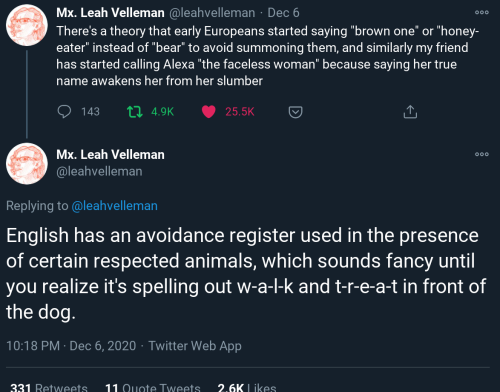
There’s a theory that early Europeans started saying “brown one” or “honey-eater” instead of “bear” to avoid summoning them, and similarly my friend has started calling Alexa “the faceless woman” because saying her true name awakens her from her slumber
English has an avoidance register used in the presence of certain respected animals, which sounds fancy until you realize it’s spelling out w-a-l-k and t-r-e-a-t in front of the dog.
Mx. Leah Velleman on twitter

reintroducing endangered manticore cubs to the wild
(rearing costume necessary to avoid imprinting)
Have you heard about mole genders?










I’ve heard of this concept in sci-fi, but thought it was absolutely made up. I know some fish and frogs can change genders, but not in cycles like this. Wild. If I slapped this down in some alien world without explanation, I’d laugh in my own face. But no, real biology IS that bizarre.
Image descriptions:
Keep reading

ARTFIGHT HERE WE GO!!
You can find me here on Artfight!
https://artfight.net/~Detective_Daphy


